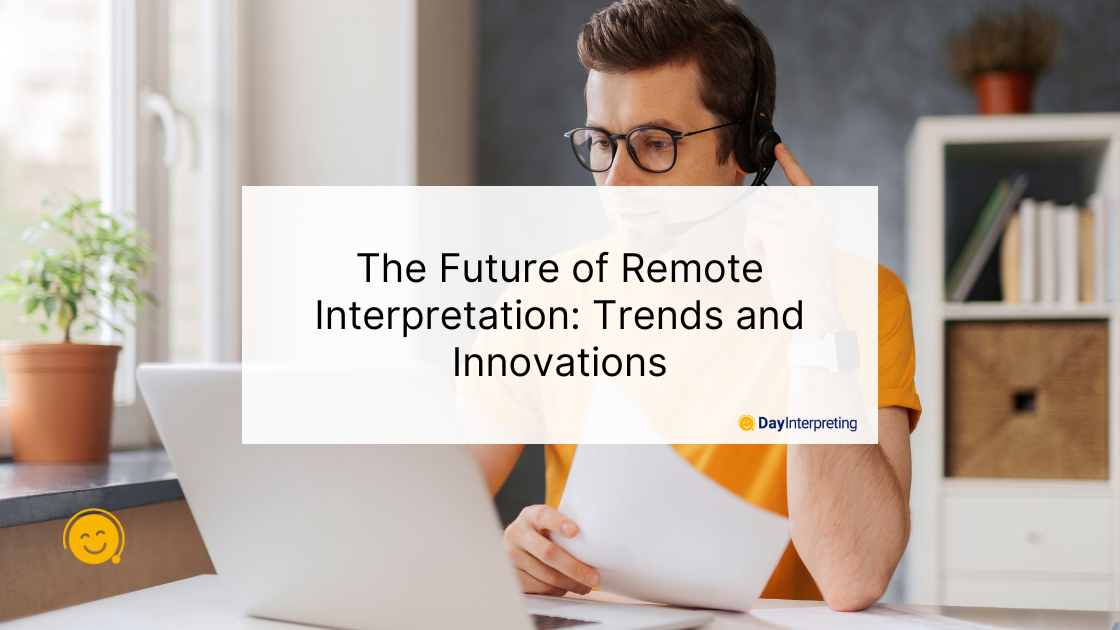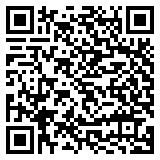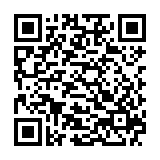The demand for effective communication across language barriers has never been greater in an increasingly interconnected world. Remote interpretation, the process of providing real-time language translation remotely, has been a vital component of bridging these linguistic gaps. Over the past few years, remote interpretation has seen remarkable advancements, thanks to cutting-edge technology and the evolving needs of globalized industries. This article explores the exciting trends and innovations shaping the future of remote interpretation, paving the way for more efficient, accessible, and versatile language services.
The Rise of Remote Interpretation
Before diving into the latest trends and innovations, it’s essential to understand the context of remote interpretation and why it has become indispensable in today’s world.
Historically, interpretation services primarily took place in person, requiring interpreters to be physically present at events, meetings, or conferences. However, this conventional model presented several challenges, including high costs, limited availability of skilled interpreters, and logistical constraints. As businesses and organizations began to expand globally, the need for interpretation services that could transcend geographic boundaries became evident.
This is where remote interpretation emerged as a game-changer. Enabled by advancements in telecommunications technology and cloud computing, remote interpretation allows interpreters to provide their services anywhere. Whether it’s a medical consultation, legal deposition, or an international conference, remote interpretation is now a flexible and scalable solution for breaking down language barriers.
Technological Advancements Shaping the Future of Remote Interpretation
The future of remote interpretation is intricately tied to technological advancements. Here are some key trends and innovations that are transforming the landscape:
1. AI-Powered Interpretation
Artificial Intelligence (AI) has made significant strides in natural language processing, and this progress is increasingly being leveraged in interpretation services. AI-powered interpretation tools can translate spoken words in real-time, making communication smoother and more efficient. These systems are not meant to replace human interpreters but to augment their capabilities, allowing interpreters to focus on nuanced aspects of language and culture.
2. Cloud-Based Platforms
Cloud computing has revolutionized remote interpretation by providing a secure and scalable platform for hosting interpretation services. Cloud-based platforms offer flexibility and accessibility, making it easier for organizations to connect interpreters with clients regardless of their physical locations. Additionally, cloud technology ensures data security and redundancy, which is critical for maintaining the integrity of sensitive conversations. For businesses choosing to adopt this technology, it’s important to also optimize cloud costs, ensuring resources are used efficiently without unnecessary spending.
3. Video Remote Interpretation (VRI)
Video Remote Interpretation (VRI) is gaining traction as a powerful tool in the interpretation industry. It combines the benefits of remote interpretation with visual cues, which can be particularly valuable in contexts where non-verbal communication is crucial, such as medical or legal settings. VRI platforms offer high-quality video and audio, enhancing the overall interpretative experience.
4. Customized Interpretation Solutions
One-size-fits-all approaches are giving way to more customized interpretation solutions. Organizations are increasingly seeking interpreters with domain-specific expertise. For example, a medical interpreter with knowledge of specialized medical terminology is better equipped to handle a medical consultation than a general interpreter. This trend reflects a growing understanding of the importance of context and industry-specific knowledge in interpretation services.
Expanding Accessibility and Inclusivity
Beyond technological innovations, the future of remote interpretation is also marked by a commitment to expanding accessibility and inclusivity:
1. Language Diversity
The global marketplace and international cooperation require support for various languages. The future of remote interpretation will likely see more languages supported and more interpreters trained in less common languages, ensuring that no one is left behind due to linguistic barriers.
2. Inclusive Design
Inclusive design principles are increasingly being applied to remote interpretation platforms. This means creating user-friendly interfaces for individuals with disabilities, providing services like sign language interpretation, and accommodating individuals with different communication preferences.
3. Affordability
As remote interpretation becomes more commonplace, competition in the industry is likely to drive down costs. This will make high-quality interpretation services more accessible to smaller businesses and organizations that may have previously found them prohibitively expensive.
Challenges on the Horizon
While the future of remote interpretation looks promising, it also presents some challenges:
1. Data Privacy and Security
Handling sensitive information in remote interpretation scenarios demands robust data privacy and security measures. As interpretation services continue to grow, ensuring that these safeguards are in place will be crucial.
2. Ethical Considerations
The use of AI in interpretation raises ethical questions, especially in sensitive domains like healthcare and law. Striking the right balance between automation and human involvement is an ongoing challenge.
3. Quality Control
Maintaining the quality of interpretation services, especially in remote settings, requires ongoing training and assessment of interpreters. Ensuring that interpreters can adapt to rapidly changing contexts is essential.
Final Thoughts
The future of remote interpretation is an exciting blend of technological advancements and a commitment to making communication more accessible and inclusive. As AI continues to play a supporting role, cloud-based platforms become ubiquitous, and specialized interpretation services become the norm, the possibilities for breaking down language barriers are endless. However, it is crucial to address the challenges of data privacy, ethics, and quality control to ensure that the benefits of remote interpretation are fully realized. In a world that thrives on communication, the evolution of remote interpretation is set to play a pivotal role in connecting people and ideas across linguistic boundaries, fostering understanding and collaboration on a global scale.





0 Comments